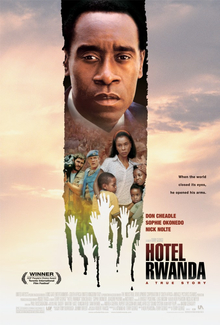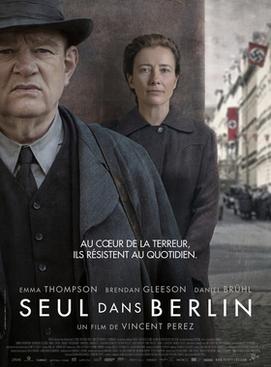The Japanese created their own unique war movie
subgenre when they invented the samurai film.
Although many of these movies have been made, most Westerners are only
familiar with one - “Seven
Samurai”. For many war movie fans, it
may be the only subtitled movie they have seen.
Before I got serious about reviewing war movies, it was the only foreign
war movie I had seen. It took me a while
to see a better samurai film, but now I have seen “13 Assassins”. This 2010 release attempts to bring the
samurai film into the 21st Century.
In fact, it is a remake of an Old School 1963 movie. It was directed by Takashi Mike. He is known for graphic violence. You can see it on Netflix streaming.
The movie is set in feudal Japan in 1844. This was the Edo Period and toward the end of
the Tokugawa Shogunate. The shogun’s
younger brother is a sadistic psychopath who could hasten the end of the
shogunate. The movie opens with a
sepukku by a noble to protest mistreatment by the supervillain Matsudaira
Naritsugu (Goro Inagaki). A flashback
depicts the mistreatment as the rape of his daughter-in-law and murder of his
son by Naritsugu. Sir Doi, the shogun’s
adviser, visits an old samurai acquaintance named Shimada Shinzaemon (Koji
Yakusho). Shimada is in retirement, but
dreams of a samurai-worthy death. Doi
has a proposal that will allow him to go out in glory. But Shimada is no ronin, he has a conscience
and decides to sign on to Doi’s scheme when Doi introduces him to a limbless
and tongueless woman who would like to be avenged. This scene will stick with you, as will the
next one where Naritsugu kills a family.
Supervillain established. Shimada
gathers his dozen samurai that run the gamut of samurai stereotypes, except
that this being the 21st Century, we get two that are explosives
experts. The thirteenth assassin is a
hunter they rescue in the woods who comes along as their guide. He’s also along to provide comic relief. The plan is to ambush Naritsugu and his
private army at a village that they will fortify and boobytrap. We are headed for “who will survive?”
territory.
This one takes the samurai template and updates
it. Although it is not a remake of
“Seven Samurai”, it does have similar characters. There is the leading duo of veterans, the
nutcase (Kiga is the equivalent of Mishune’s Kikuchiyo), the master swordsman,
the youngster, etc. More is better, so
we get almost twice as many samurai.
That way we can have more deaths and a longer fight scene. Unfortunately, more means less character
development. Some of the thirteen are
indistinct. The big improvement is the
villain. Naritsugu is so hate-worthy
that any other ending would have led to riots in the theater. Inagaki’s portrayal is in the slime-ball hall
of fame. The rest of the cast is up to
the action. The acting is first-rate
even though it doesn’t need to be.
Acting can’t overshadow the incredible kick-ass melee that takes up the
last quarter of the movie. Everything,
including the kitchen sink, shows up in that scene. Check out the burning cows!
You’ll be sated by the end of the flick.
Surprisingly, the action is gory, but not too graphic. Mike must have listened to his critics.
“13 Assassins” updates the “Seven Samurai” plot as
well. The thirteen are not defending the
village, they are using it for a higher purpose. The purpose is to keep a madman off the
throne. At one point, in the middle of
the melee, Naritsugu remarks that he wants to bring back warfare like this. Set in feudal Japan, the film is interested
in commenting on the blind loyalty to one’s lord that the period was noted
for. One of the most intriguing
characters is Naritsugu’s top retainer Hanbei.
Hanbei knows his master is evil, but he insists on remaining loyal. He also is an old rival of Shimada, so you
can see where this is heading, climax-wise.
“13 Assassins” is an amazing movie. If you loved “Seven Samurai”, you’ll love
this movie. In fact, it will sound like
blasphemy, but it is superior to that earlier classic. (Heck, I think “The
Magnificent Seven” is better – how’s that for heresy?) I don’t fawn over the classics, although I
love the Kurosawa epic. It is possible
for modern movies to top Old School movies.
It’s safe to say, it is more in tune to modern audiences than the
earlier film is.
GRADE = A


